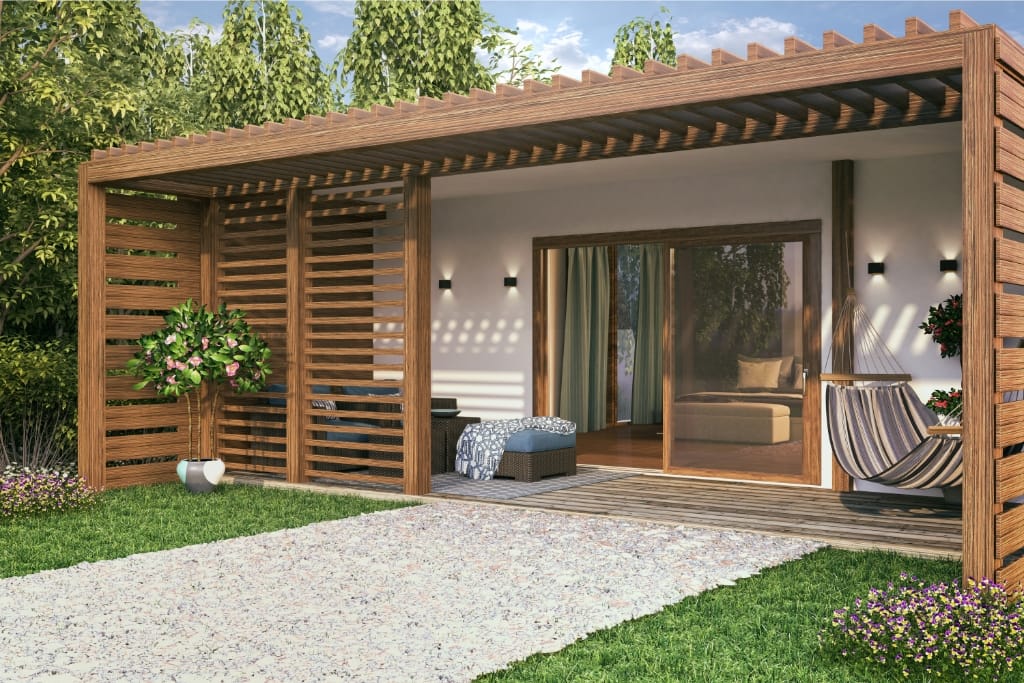Accessory Dwelling Units (ADUs) have surged in popularity, offering homeowners a versatile solution for additional living space or generating rental income.
However, navigating the complexities of ADU construction requires careful planning and attention to detail.
By understanding and avoiding some of the most frequent pitfalls, you can streamline your project, ensuring it aligns with your vision and complies with all necessary regulations.
Let's explore key mistakes to watch out for to make your ADU building experience as smooth and successful as possible.
1)) Not Checking Local Zoning Laws
One of the biggest mistakes people make when building an ADU is not checking the local zoning laws before starting construction.
Each city has its regulations regarding ADUs, including size restrictions, setback requirements, and parking regulations.
Make sure you do your research and obtain any necessary permits before moving forward with your project.
2)) Ignoring Utility Connections
Another common mistake is failing to consider utility connections for your ADU.
Make sure you have a plan in place for connecting water, electricity, and sewer lines to your new unit.
Neglecting these connections can lead to costly delays and complications down the road.
3)) Overlooking Design Considerations
It's important to carefully plan the design of your ADU to ensure that it meets both your needs and local regulations.
Consider factors such as natural light, ventilation, privacy, and accessibility when designing your unit.
A well-thought-out design will not only improve the functionality of your ADU but also increase its value.
4)) Underestimating Costs
Building an ADU can be expensive, so it's crucial to create a realistic budget before starting construction.
Consider all potential costs, including materials, labor, permits, utility connections, and landscaping.
Be sure to factor in unexpected expenses as well to avoid going over budget during the build.
5)) Choosing The Wrong Contractor
Picking the right contractor is essential for a successful ADU project. Make sure you do thorough research on potential contractors before making a decision.
Check references, review past projects, and get multiple quotes to ensure you find a reliable contractor who understands your vision for the project.
6)) Rushing Through Permits
Obtaining permits for an ADU can be a time-consuming process, but it's essential for ensuring that your unit meets all legal requirements.
Take the time to gather all necessary documents and submit them correctly to avoid delays or fines during construction.
7)) Sacrificing Quality For Cost
While it may be tempting to cut corners to save money on your ADU project, sacrificing quality can lead to long-term issues and decreased property value.
Invest in high-quality materials and skilled labor to ensure that your unit is built to last and meets all building codes.
8)) Neglecting Energy Efficiency
Building an energy-efficient ADU not only benefits the environment but also saves you money on utilities in the long run.
Consider incorporating features such as insulation upgrades, energy-efficient appliances, solar panels, and smart home technology into your design to reduce energy consumption and increase comfort.
9)) Failing To Plan For Maintenance
Like any other structure, an ADU requires regular maintenance to stay in good condition over time.
Create a maintenance plan that includes tasks such as roof inspections, HVAC system checks, gutter cleaning, pest control measures, and landscaping upkeep to keep your unit looking great and functioning properly.
10)) Not Considering Future Use
Don't forget to think about how you will use your ADU in the future when planning its design and layout.
Whether you intend to rent it out for extra income or use it as a guest house or home office down the line, consider how future changes may impact the functionality of your unit so you can make smart decisions now.
Conclusion
Building an Accessory Dwelling Unit (ADU) can be a highly rewarding endeavor, offering additional living space or rental income.
To ensure a successful project, it's essential to navigate the common pitfalls thoughtfully.
Start by diligently researching and complying with local zoning laws and thoroughly planning utility connections.
A carefully crafted design that prioritizes functionality and compliance can significantly enhance the value and usability of your ADU.
Budgeting accurately and selecting a reliable contractor are crucial steps that set a solid foundation for your build.
Obtaining all necessary permits promptly and not compromising on quality materials will safeguard your investment.
Implementing energy-efficient features and preparing for regular maintenance can result in long-term savings and sustainability.
Finally, thinking ahead about potential future uses of your ADU will help you make informed design choices now.
Thorough preparation and strategic planning can transform your vision into a reality, ensuring a smooth and successful ADU construction experience.
Download Our Free E-book!







